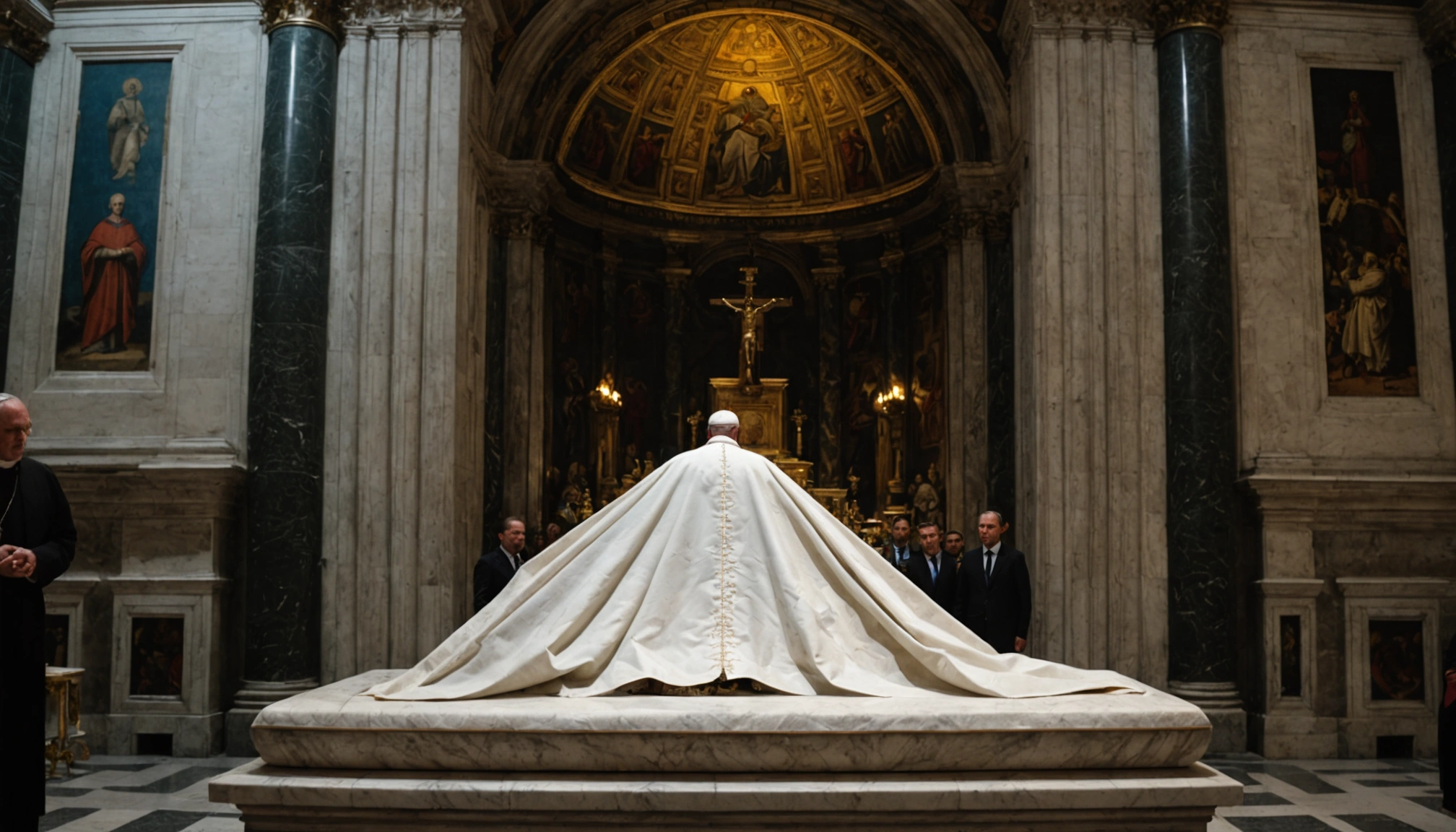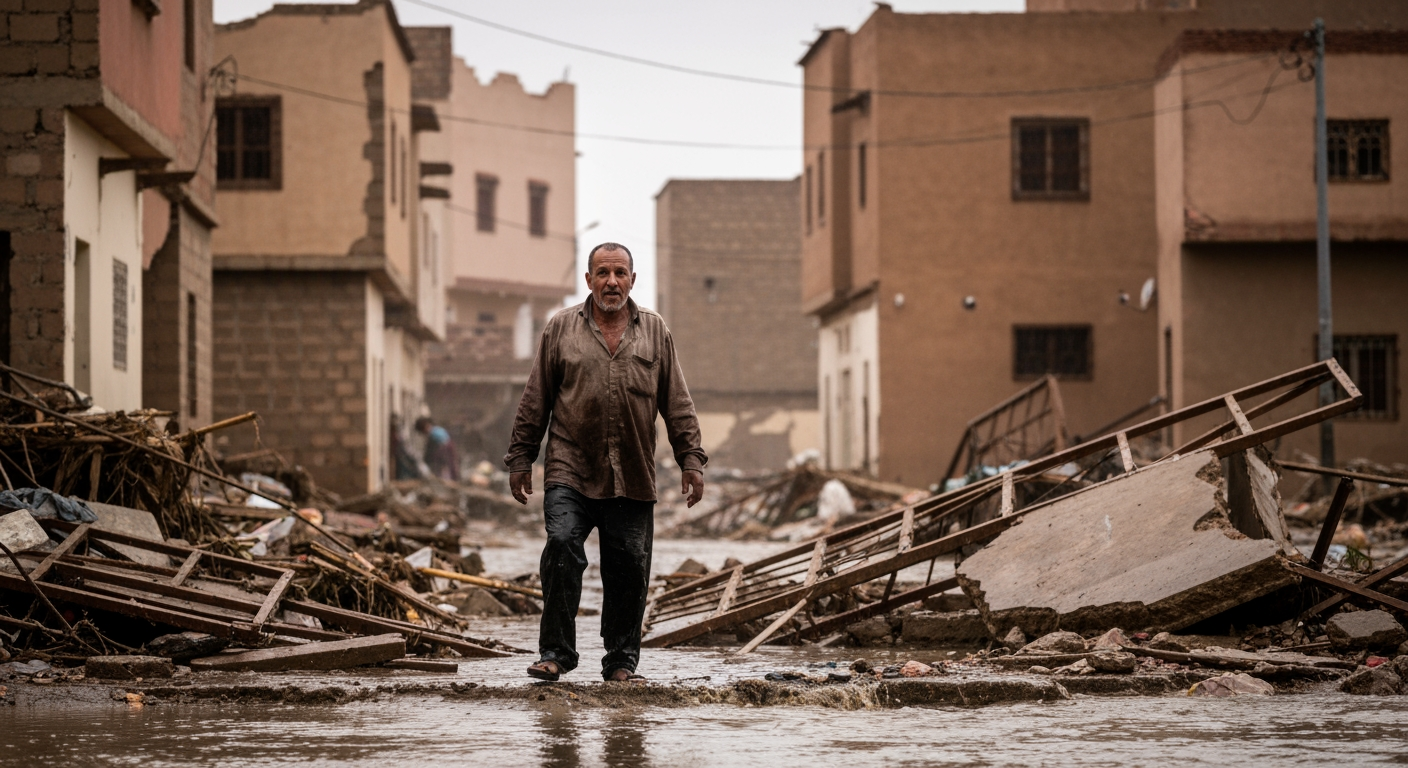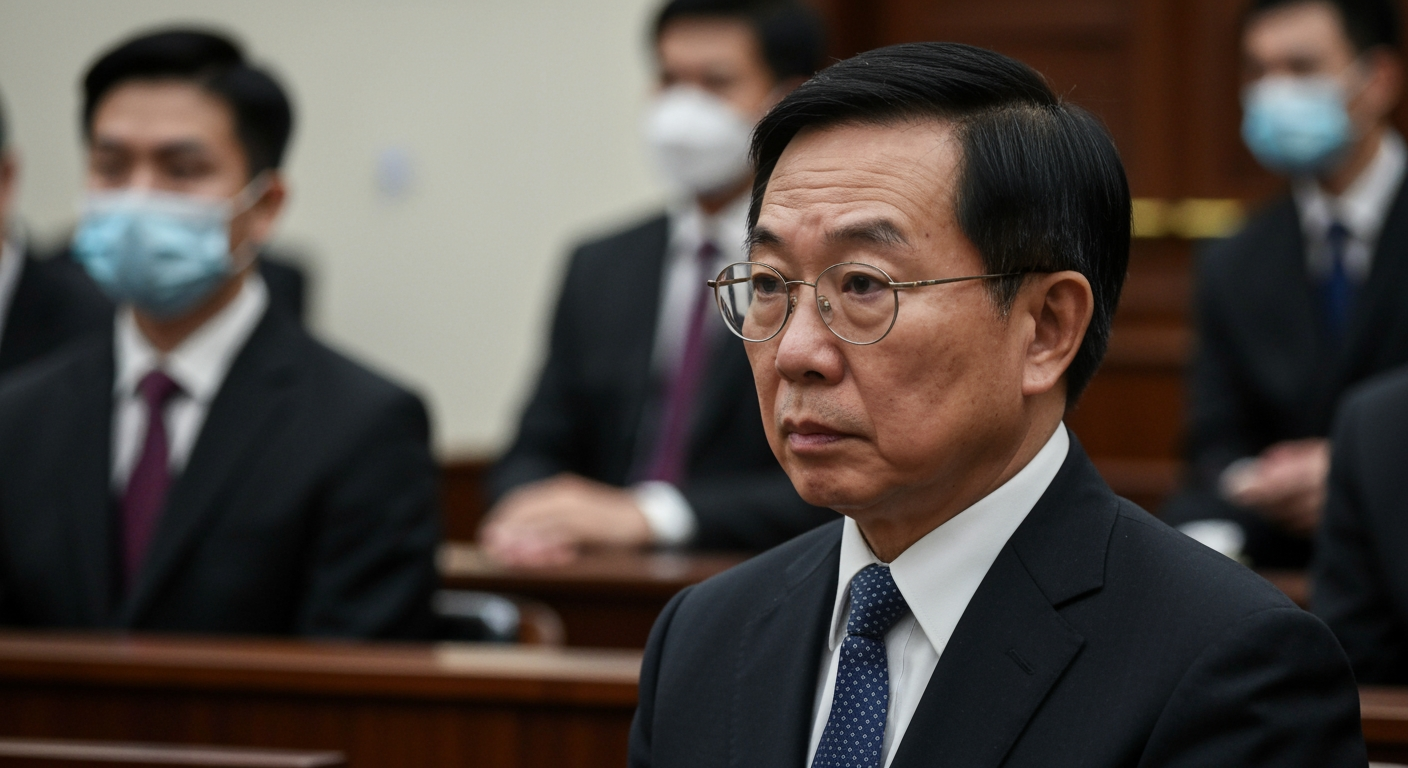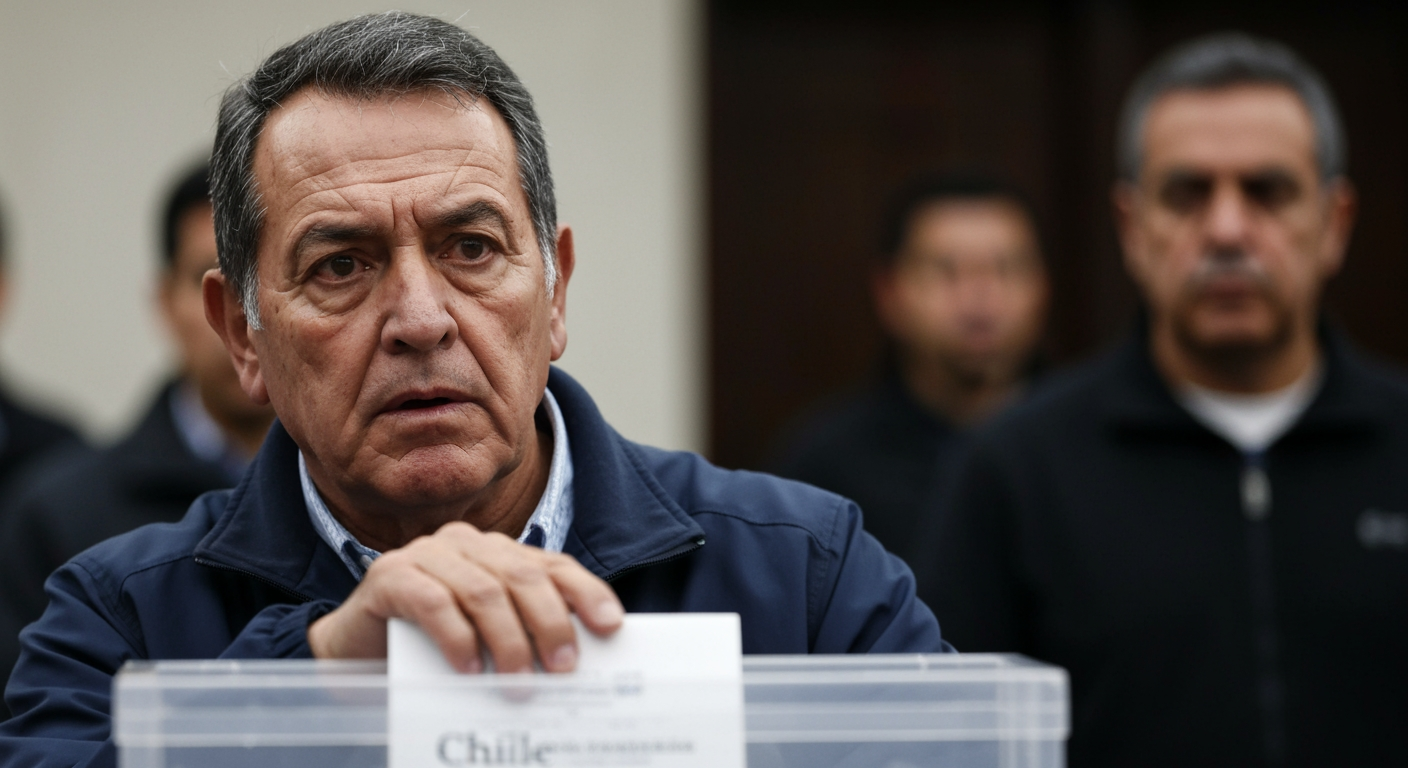Pope Francis' Tomb Opens to Public in Rome's St. Mary Major Basilica

Rome – Just a day after Pope Francis was laid to rest in a private ceremony, his tomb at the Basilica of St. Mary Major in Rome opened to the public Sunday, drawing hundreds of faithful eager to pay their respects. The late pontiff, who passed away on Easter Monday at the age of 88, broke with centuries of tradition by choosing to be buried outside the Vatican, a testament to his humble and simple approach to the papacy.
The burial site, located within the basilica that Pope Francis often visited and held dear, is marked by a simple white marble tomb. Inscribed with "Franciscus," his name in Latin, the tomb is adorned with a single white rose and illuminated by a warm light. Above the tomb hangs a reproduction of the simple, iron-plated pectoral cross that Pope Francis wore throughout his pontificate.
The decision to bury Pope Francis in St. Mary Major, rather than in the papal crypt beneath St. Peter's Basilica, reflects his desire for a more modest and accessible final resting place. Archbishop Rolandas Makrickas, who administers the Basilica, stated that the choice reflected the Pope's "humble, simple and essential" life. This departure from tradition marks the first time in over a century that a pope has been buried outside the Vatican.
Visitors from around the world lined up to view the tomb, many crossing themselves, taking photographs, and offering prayers. Elias Caravalhal, a Rome resident who was unable to view the Pope lying in state, visited the tomb to "bid farewell to him, and to thank him for what he has done." Susmidah Murphy, visiting from India, expressed sadness, saying, "It's unbelievable that he's no more with us. It's sad that we don't get popes like this very often." Maria Brzezinska, a pilgrim from Poland, remarked that the tomb's simplicity reflected the Pope's own character.
The opening of the tomb occurred on the second day of the nine-day period of official mourning following Pope Francis' death. During this time, cardinals who traveled to Rome for the funeral will hold meetings to discuss the future of the Catholic Church and prepare for the upcoming conclave. The conclave, a gathering of cardinals to elect a new pope, must begin by May 10. Cardinal Jean-Claude Hollerich of Luxembourg anticipates the conclave will take place around May 5 or 6, shortly after the mourning period concludes on May 4. German Cardinal Reinhard Marx suggested the conclave would only last "a few days".
Pope Francis served as the head of the Roman Catholic Church for 12 years, leaving a significant mark on the institution and its followers. His funeral Mass in St Peter's Square drew an estimated 250,000 attendees, including royalty, heads of state, and the cardinals who will participate in the election of his successor. The funeral was described as a mix of solemn ceremony and an outpouring of emotion for the Church's first Latin American pope.
As the world mourns Pope Francis, the focus now shifts to the selection of his successor. The cardinals will convene in the Sistine Chapel, behind locked doors, to elect the next leader of the Catholic Church. The election of a new pope has been a subject of public fascination for centuries. Once a new pope accepts his election, he will appear on the front balcony of St Peter's Basilica, where an announcement in Latin of 'Habemus Papam' – meaning 'we have a pope' – will be made.
The legacy of Pope Francis is one of humility, simplicity, and a focus on the needs of the marginalized. His choice of burial site and the outpouring of support from the faithful demonstrate the profound impact he had on the Catholic Church and the world. As the cardinals prepare to elect his successor, they will undoubtedly consider the example he set and the challenges facing the Church in the 21st century. The opening of his tomb provides a space for reflection and remembrance as the Catholic Church moves forward into a new era.


